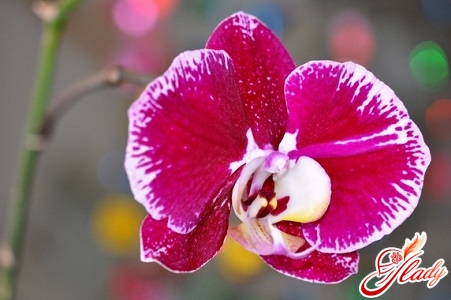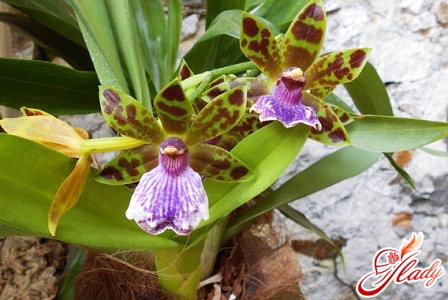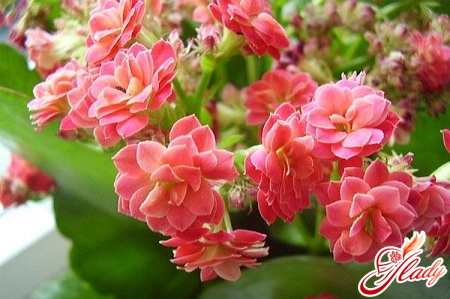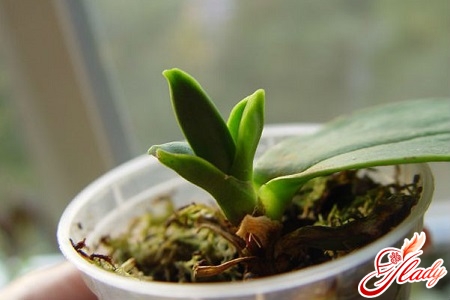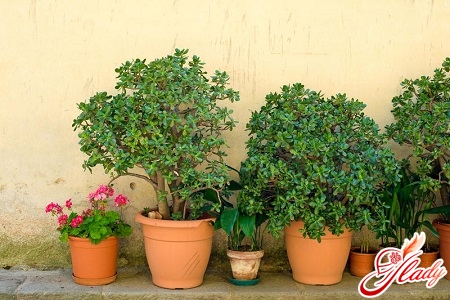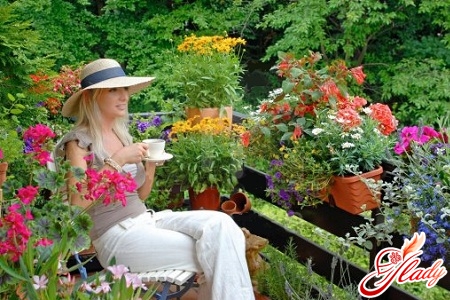 We have become so accustomed to the balcony that alreadywe can hardly imagine a modern home without it. It is sometimes called the face of an apartment. Or rather, a house. But perhaps this comparison is not entirely correct. A balcony is the soul of a house, its image and essence. We are not talking about architectural decorations of a balcony now. But even without them, a balcony of a five-story building can look so stunning. It all depends on how and what you decorate it with. Of course, you can decorate it in different ways. But we will talk about flowers on the balcony - about that small addition that, with taste, some skills and hard work, adds charm to this architectural element, breathing a living soul into it. Instead of arranging a branch of a dump of unnecessary things on the balcony, you can, with a little effort, create a garden for yourself, where it is so pleasant to go barefoot on a sunny summer morning or where you can drink a cup of tea, sitting among the flowers on the balcony on a quiet warm evening. Your own oasis in the noise and dust of a big city. A happy garden of dreams. We are not talking about a winter garden on a closed loggia, but about a blooming corner of living nature in your own home under the open sky. So, you decided to amaze your friends and acquaintances with a luxurious riot of colors of flowers on the balcony, took out all the trash and even bought a couple of wicker chairs or folding chairs. But you understand perfectly well that this is not it. Or rather, not all. What's next? And now let's start preparing to decorate your balcony with flowers. First of all, look carefully at where and what flowers are on the balcony and in what containers they can be placed. We will call containers any containers for growing plants. They can be wooden, metal, plastic, clay or concrete. The placement of containers depends on the design of the balcony and the floor on which the apartment is located. If you have a lattice fence, then put the containers on the floor or place them below on the outside of the lattice. Or fix them to the lattice itself using special holders or ordinary strong wire. On a solid fence - brick or concrete - the container can simply be placed on top, but in this case you must be absolutely sure that you will not accidentally knock it down with your elbow. If you dream of hanging flower arrangements on the balcony, and your balcony is located above the fifth or sixth floor and is also open on all sides, then the maximum you can afford is a hanging container with a flat back surface that is attached directly to the wall. Various hanging baskets and other devices "floating" in the air, alas, are not for you - the wind will certainly interfere. It is a different matter if you have a loggia in your apartment instead of a balcony. It is less exposed to the wind, because it is open only on one side. The choice of containers in this case will, of course, be wider. But even on a loggia, hanging containers are better placed in its depth.
We have become so accustomed to the balcony that alreadywe can hardly imagine a modern home without it. It is sometimes called the face of an apartment. Or rather, a house. But perhaps this comparison is not entirely correct. A balcony is the soul of a house, its image and essence. We are not talking about architectural decorations of a balcony now. But even without them, a balcony of a five-story building can look so stunning. It all depends on how and what you decorate it with. Of course, you can decorate it in different ways. But we will talk about flowers on the balcony - about that small addition that, with taste, some skills and hard work, adds charm to this architectural element, breathing a living soul into it. Instead of arranging a branch of a dump of unnecessary things on the balcony, you can, with a little effort, create a garden for yourself, where it is so pleasant to go barefoot on a sunny summer morning or where you can drink a cup of tea, sitting among the flowers on the balcony on a quiet warm evening. Your own oasis in the noise and dust of a big city. A happy garden of dreams. We are not talking about a winter garden on a closed loggia, but about a blooming corner of living nature in your own home under the open sky. So, you decided to amaze your friends and acquaintances with a luxurious riot of colors of flowers on the balcony, took out all the trash and even bought a couple of wicker chairs or folding chairs. But you understand perfectly well that this is not it. Or rather, not all. What's next? And now let's start preparing to decorate your balcony with flowers. First of all, look carefully at where and what flowers are on the balcony and in what containers they can be placed. We will call containers any containers for growing plants. They can be wooden, metal, plastic, clay or concrete. The placement of containers depends on the design of the balcony and the floor on which the apartment is located. If you have a lattice fence, then put the containers on the floor or place them below on the outside of the lattice. Or fix them to the lattice itself using special holders or ordinary strong wire. On a solid fence - brick or concrete - the container can simply be placed on top, but in this case you must be absolutely sure that you will not accidentally knock it down with your elbow. If you dream of hanging flower arrangements on the balcony, and your balcony is located above the fifth or sixth floor and is also open on all sides, then the maximum you can afford is a hanging container with a flat back surface that is attached directly to the wall. Various hanging baskets and other devices "floating" in the air, alas, are not for you - the wind will certainly interfere. It is a different matter if you have a loggia in your apartment instead of a balcony. It is less exposed to the wind, because it is open only on one side. The choice of containers in this case will, of course, be wider. But even on a loggia, hanging containers are better placed in its depth.
Containers
The simplest and most familiar container is the regular onebalcony box. They are now available in a variety of types - any length, color and shape, with or without pallets. As a rule, they are made of frost-resistant plastic and are easy to handle - they are lightweight and easy to clean. Their only drawback is that they can crack if hit. But if you do not drop your box, it will last you ten years or even longer. Wooden flower boxes on the balcony can be made independently from pine boards 2 cm thick. The board should be well dried and covered with drying oil - this will protect it from rotting. The outside of the box can be treated with any wood preservative or painted with regular oil paint. Wood is a short-lived material. In order to extend the life of the box, place it on two bars. Ceramic containers for flowers on the balcony can be of different sizes: from a regular flower pot to a 10-15-liter container. Before filling the clay container with soil, submerge it completely in water so that it is thoroughly saturated with water.
Supports for climbing plants
If you are planning to grow climbing plantsplants, take care of their supports in advance. Depending on the tasks - shading the window from the bright sun, the desire to fence off from neighbors, creating a green gazebo - the size and type of support will be different. In most cases, an ordinary rope will do for support, not too thick and not nylon. Many plants refuse to curl along a smooth rope or wire. The easiest option is to stick a peg into the ground and, tying a thread to it, pull it in the right direction. Various wooden supports for boxes are made from slats. As an option for vertical gardening, let's remember moss walls, which have been known for a long time, but have not gained much popularity, apparently due to the labor intensity of production and operation. A moss wall is a structure made of wood, metal or plastic, covered with a large-mesh mesh. The space inside the mesh is filled with peat mixed with moss, and then plants are planted there. Before you start greening your balcony or loggia, evaluate the conditions in which your flowers will grow. To do this, decide on the following questions:
- On which side of the world go your balcony or loggia.
- Do not shadow the place of the future planting canopy, close-standing trees, neighboring houses.
- Is the place protected from rain and sun.
When you choose which flowers to useplant on the balcony, be sure to take these factors into account, otherwise in the first year you may fail, which will discourage you from growing flowers on the balcony for a long time.
Requirements for light
All plants are conventionally divided into light-loving andshade-tolerant. These names speak for themselves. Light-loving, and there are most of them, develop better and live in a well-lit place. In turn, they can be divided into those who love bright sun and those who prefer places where there is only soft evening or morning sun. Shade-tolerant plants also love light, but can successfully grow both in the shade and in the sun, but only in those places where the midday sun rays do not reach, for example, on the western or eastern side. Some plants feel good both in the shade and in the sun. Therefore, it is impossible to draw a clear line between these groups and once and for all determine for each plant its place in the sun. This is especially impossible to do since the conditions in each specific case will be different.
Watering
The conditions also determine such an important point aswatering. On the southern side, the temperature is usually higher, which means that the leaves evaporate moisture more intensively, and the substrate in the containers dries out faster. Here, plants need to be watered daily, and some moisture-loving ones - two or even three times a day. In the shade of the northern side, there is no such problem, but another one appears: due to the low temperature, evaporation is not as intensive, and moisture stagnation can occur in the container. This sometimes leads to the death of the plant, especially if it does not like over-watering.
Flowering time
Most annuals are at their peak flowering period.falls in July-August. But if you plant a viola, daisy or primrose that has overwintered indoors, then already in early June you can get a nice composition, which then, when the primrose and daisy have finished blooming, will be replaced by other annuals.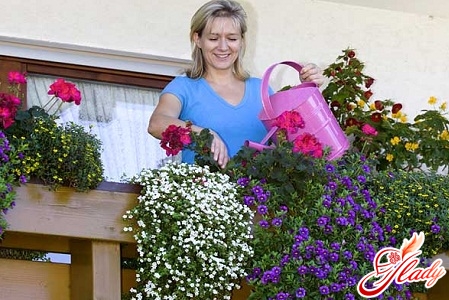
Height of a plant
Plants can be divided into high-, medium- andlow-growing, as well as ampelous - hanging and climbing - climbing on a support. When creating compositions taking into account the height of the plants, the best option is to plant ampelous forms in the foreground - lobelia, nasturtium, ampelous pelargonium, or low-growing - alyssum. Then medium-growing - salvia, petunia, marigold. Tall plants are planted in the next row - dahlias, gladiolus, chrysanthemums. And now come the climbing ones - morning glory, beans. Of course, it will not be possible to present plants of all growth forms in a standard box 13-15 cm wide, but this is not necessary, it is enough to limit yourself to one or two. For example, the first row - ampelous, the second - medium-growing. Or the first row - low-growing, the second - climbing. You can combine boxes. Plant one completely with low-growing plants, and place a box with tall and climbing plants behind it.
Choice of colors
It is the color that has the most powerful effectthe impact on the viewer when decorating a balcony with flowers. Which color scheme or combination you choose depends on you, your tastes and preferences. If you are a beginner gardener, do not strive for a wide range at once. Take two or three types of plants for starters that do not require special care, but with lush and long flowering, for example, alyssum, nasturtium, petunia, marigold, lobelia. You can beautifully decorate the entire balcony with just one petunia, using its varieties in various combinations. For example, place plants with flowers of different colors in one box or alternate boxes planted with petunias with flowers of the same color. For experienced gardeners, we can suggest creating a monochrome composition of different plants - decorate the entire balcony in one color scheme, for example, yellow, red or blue, using five or six or even more types of plants.
Height of the storey
When choosing a flower assortment, you need totake into account the floor height. For landscaping balconies on the upper floors exposed to wind, plants with strong, well-developed shoots or low-growing species with a highly branched above-ground part are recommended, for example, dahlias, marigolds, lobelia, alyssum, petunia, salvia, etc. For tall plants in this case, you will have to use a garter. On loggias, unlike balconies, there are no such restrictions, since they are almost completely protected from the wind. But loggias have another problem. Since they are closed by walls on three sides, there may be a certain lack of light. Therefore, when choosing flowers for loggias, take this feature into account - you will have to select shade-tolerant plants. When asking the question of what flowers to grow on a balcony, try to take into account all the above factors, experiment with the range of plants, color scheme, study how different plants behave on your balcony. But your reward will be a balcony in a magnificent floral frame, which all passers-by will pay attention to. And you yourself will be happy to spend time there reading a book or even working, which will not seem boring to you in the midst of such beauty. We recommend reading:




